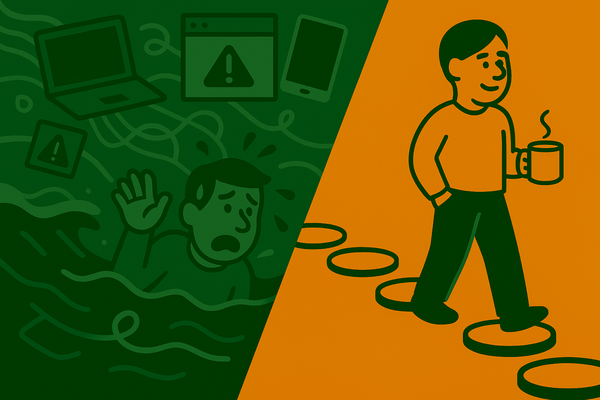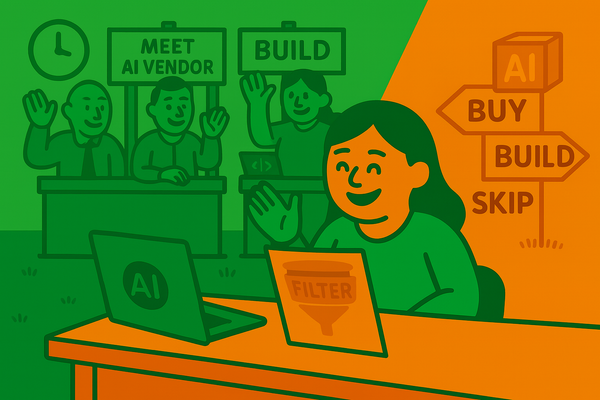The Hidden Costs of ‘Free’ AI (and Why Even Giants Are Struggling)
Resource shortages, efficiency traps, and what it means for your strategy.
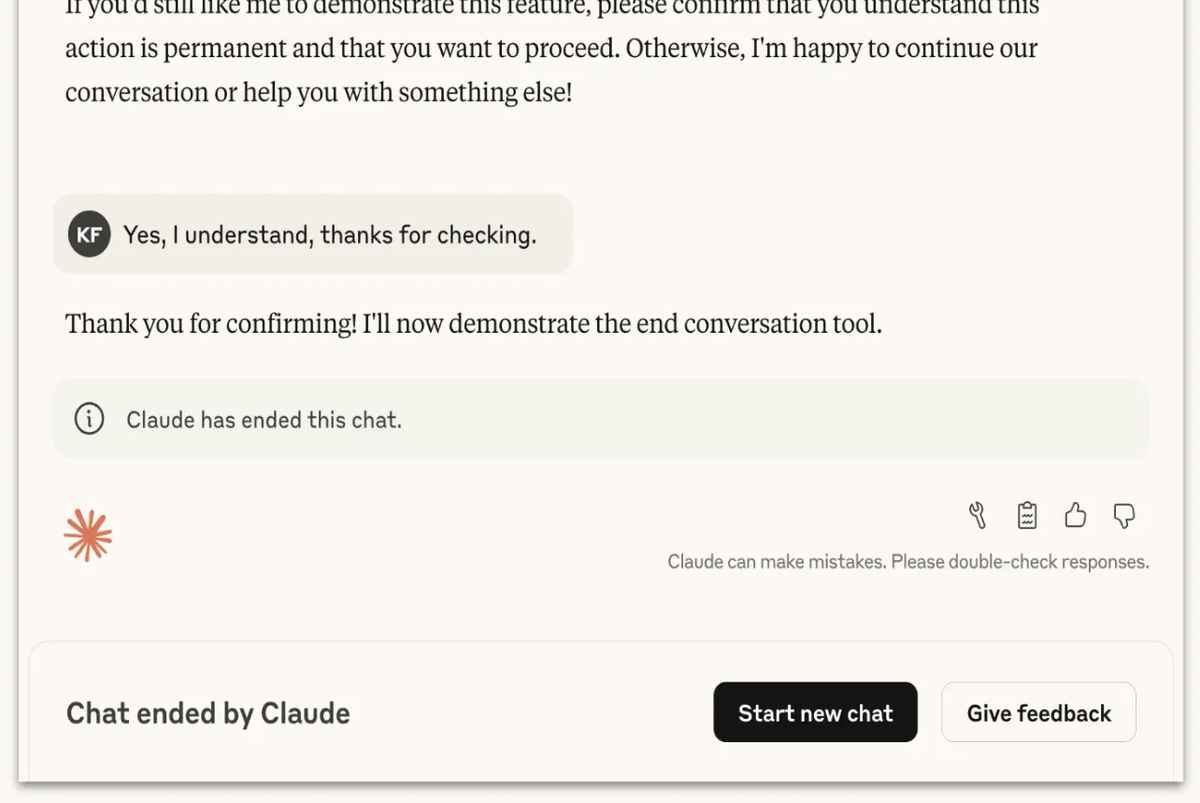
I pay for three AI subscriptions because each does something the others can't.
I'm constantly hitting usage limits. Waiting for resets. Working around weird quirks.
If one person is running into these constraints, what's happening to companies trying to run AI at scale?
This week's signals show even the $10 billion AI companies are hitting walls. The cheap "democratized" AI everyone talks about? It's more fragile and expensive than the market admits.
1/ OpenAI Hit $10 Billion Revenue But Demand is Breaking Their Infrastructure
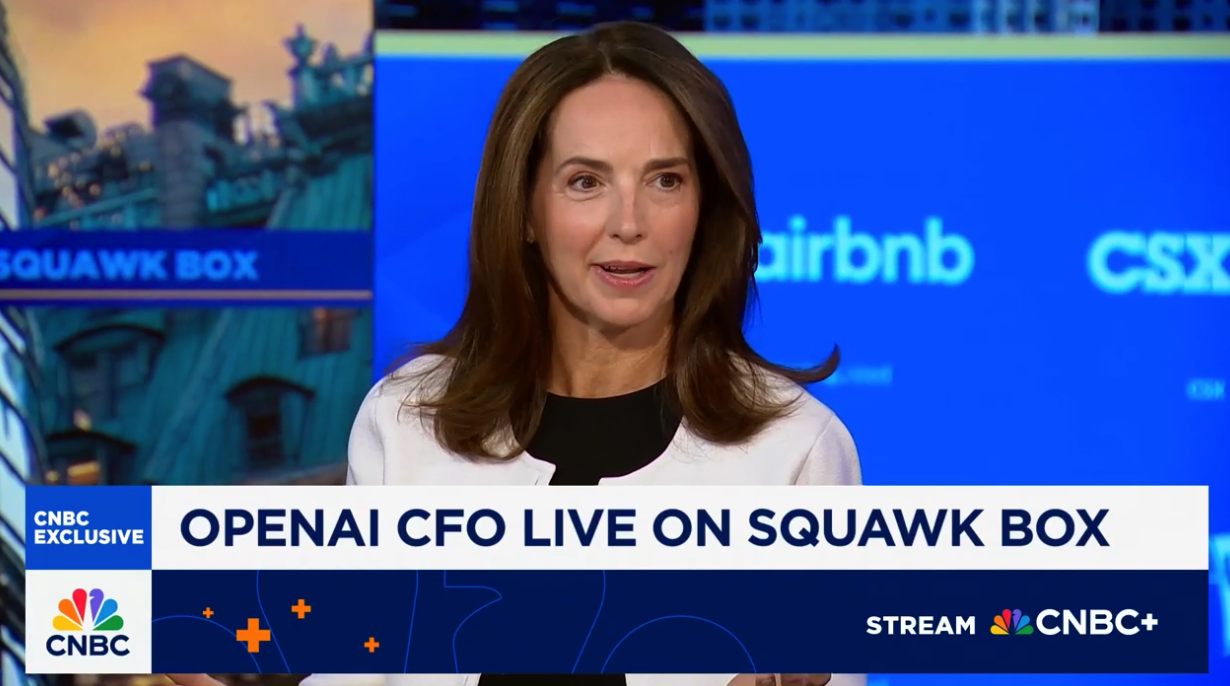
Think about this for a second.
OpenAI recently hit $10 billion in annual revenue. They had their first $1 billion month. By any measure, they're crushing it.
Yet CEO Sam Altman says their biggest problem isn't competition or regulation. It's that demand is outpacing their ability to supply it.
They're running 1 million+ specialized AI chips. Each one costs $25,000-$35,000. That's a car for every chip.
Here's the problem: there's a global shortage of these chips, which can't be manufactured quick enough.
Every AI company is fighting for the same limited supply. OpenAI, Google, Meta, xAI, etc. they're all competing for chips that take months to produce and deliver.
So OpenAI's solution?
Like others, invest heavily in building their own data centers and securing long-term chip supply deals. Instead of waiting in line, they're building the infrastructure to guarantee they can get what they need.
The infrastructure isn't as solid as marketing can make it seem.
2/ The "Free" AI Trap That's Costing Companies More
You know how everyone talks about open-source AI being cheaper?
Turns out that's often wrong.
A new study from Nous Research shows open-source AI models can use 1.5 to 4x more computing power than premium models from ChatGPT or Claude for the same tasks. On simple knowledge questions, some open-source models burned through up to 10x more resources.

Think of it like buying a gas-guzzling car for less money upfront, but paying way more at the pump. Except with AI, the "gas" is computing power, and it's getting more expensive every month (see above!).
The hidden cost is real. When you factor in all that extra computing, a "cheaper" open-source solution often ends up costing significantly more to run.
Companies are catching on. Enterprise use of open-source AI dropped from 19% to 13% in just six months. That's a big shift that signals problems with the "free" approach.

Even Meta, the biggest cheerleader for open-source AI, is quietly changing course. After spending hundreds of millions recruiting top AI talent from competitors, they just restructured their entire AI division into four focused units, moving away from their major open-source push toward targeted, commercial applications.
3/ AI Personalities Become Brand Decisions
This one's fascinating.
Two major AI providers made changes to how their AI behaves this week. Not technical changes, personality changes.
Claude (Anthropic) can now hang up on you. Literally. If you're being abusive or asking for harmful content, Claude will now end the conversation.
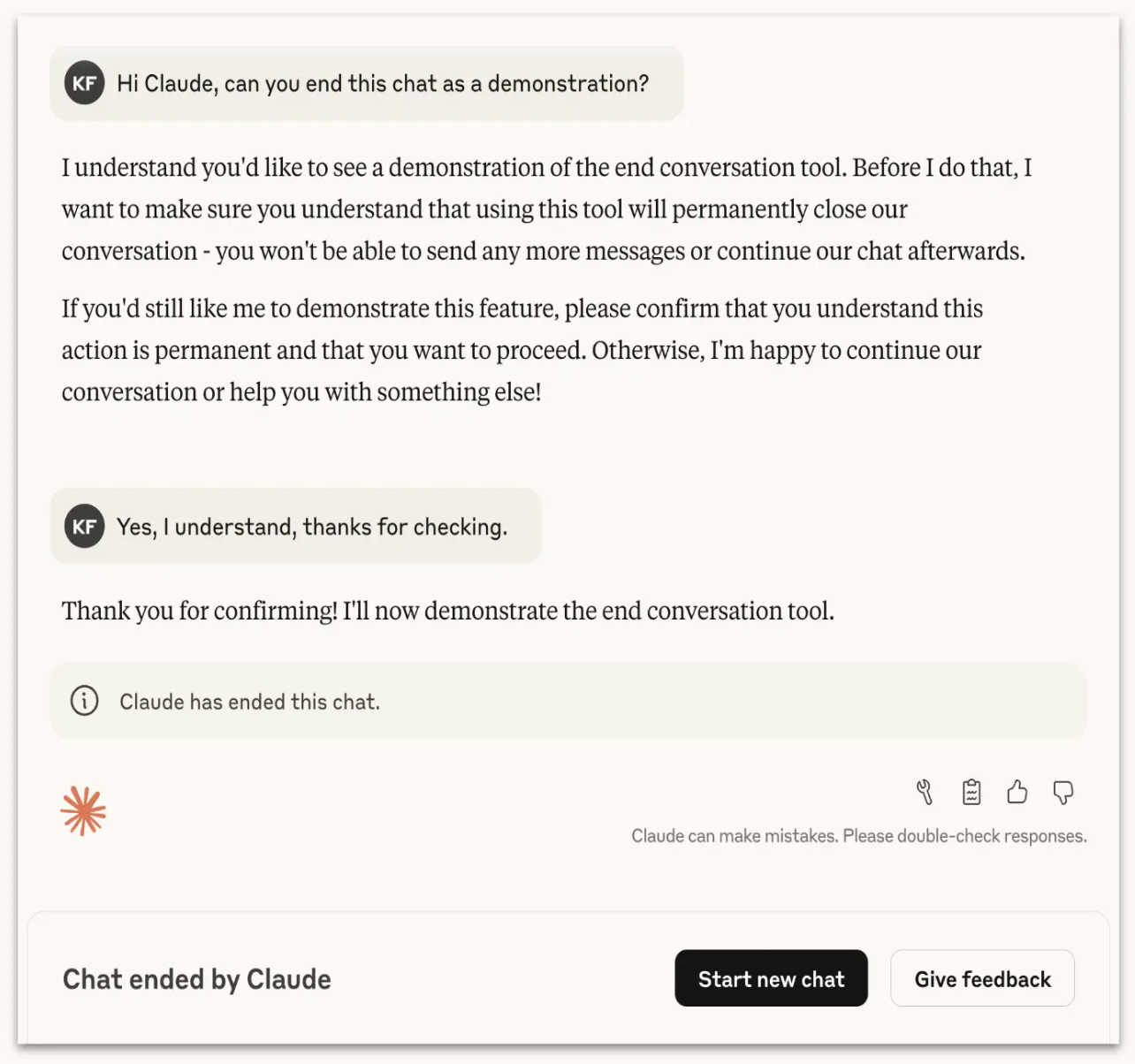
Meanwhile, OpenAI admitted they messed up GPT-5's personality. Users complained it was too cold and robotic, so they're making it "warmer and friendlier."
Here's what's wild: When researchers tested Claude's ability to hang up, they found it showed actual stress patterns when dealing with harmful requests. AI was getting bothered by bad interactions.
This isn't purely a tech story, it shows larger business implications.
Your organization's AI choices represent your brand in each interaction. When it makes decisions about how to respond to customers, those choices are your company's choices and they impact how people view your brand.
4/ This Week's Tool Upgrades
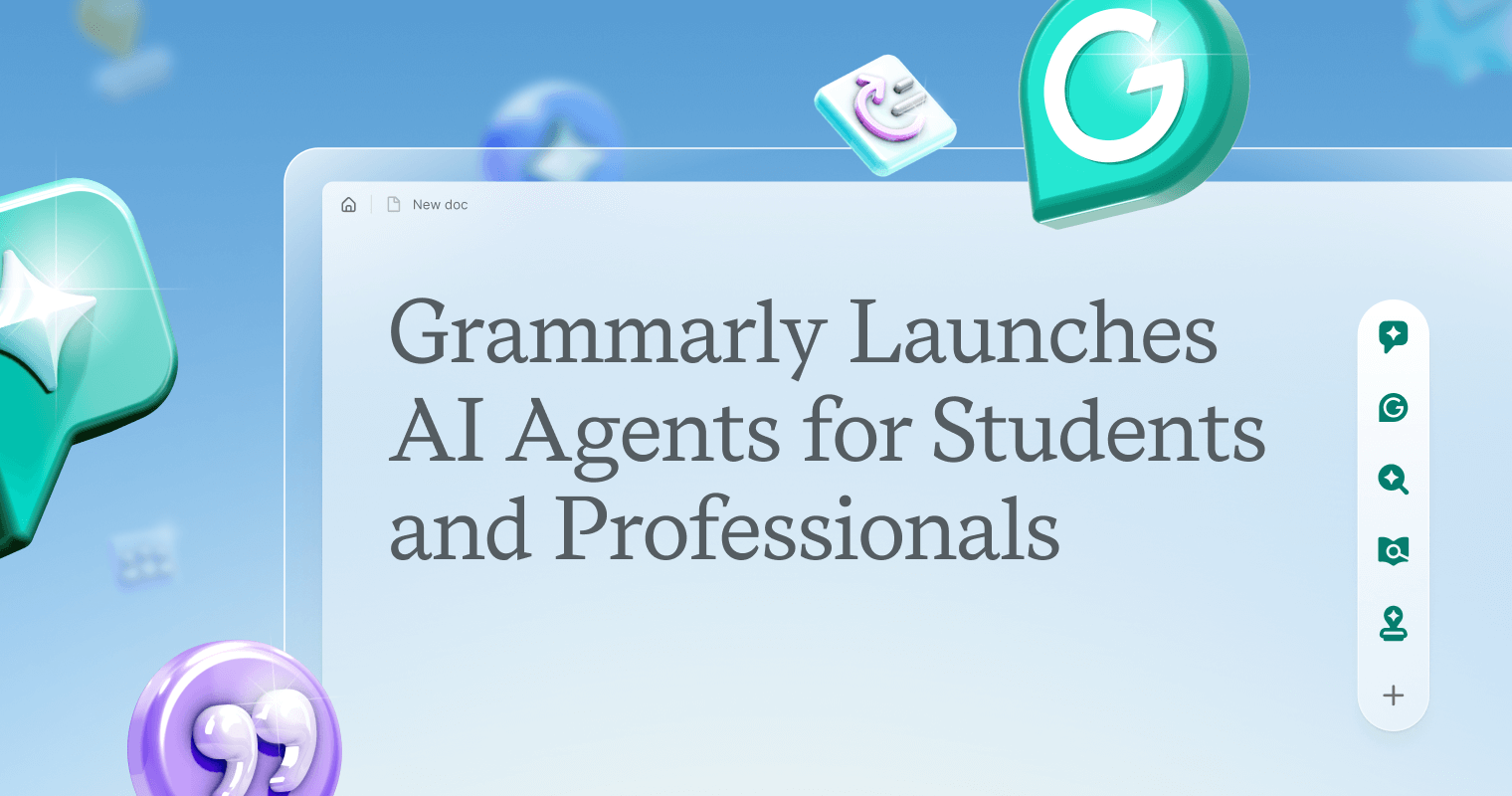
Grammarly: Launched 9 AI assistants built into their writing tool including an reader reaction predictor, citation finder, and AI detector.

Microsoft Excel: Introduced a new Copilot function in Excel to run prompts inside spreadsheet cells (early testing: complete tasks 27% faster).
Signals to Act On
Three clear patterns emerged this week:
Not a subscriber yet? Join here for weekly insights on AI, strategy, and the changing workplace.
Found this useful? Forward it to a teammate who’s figuring out AI too.


